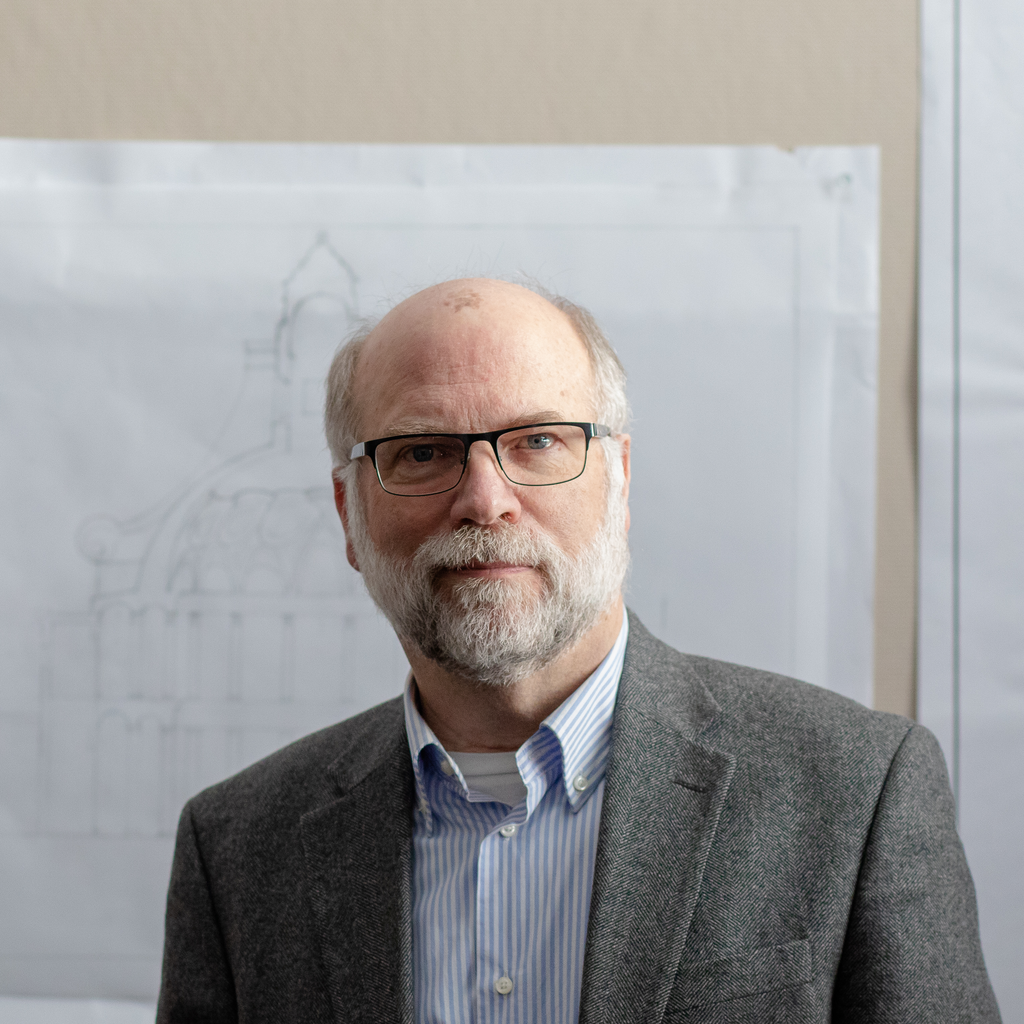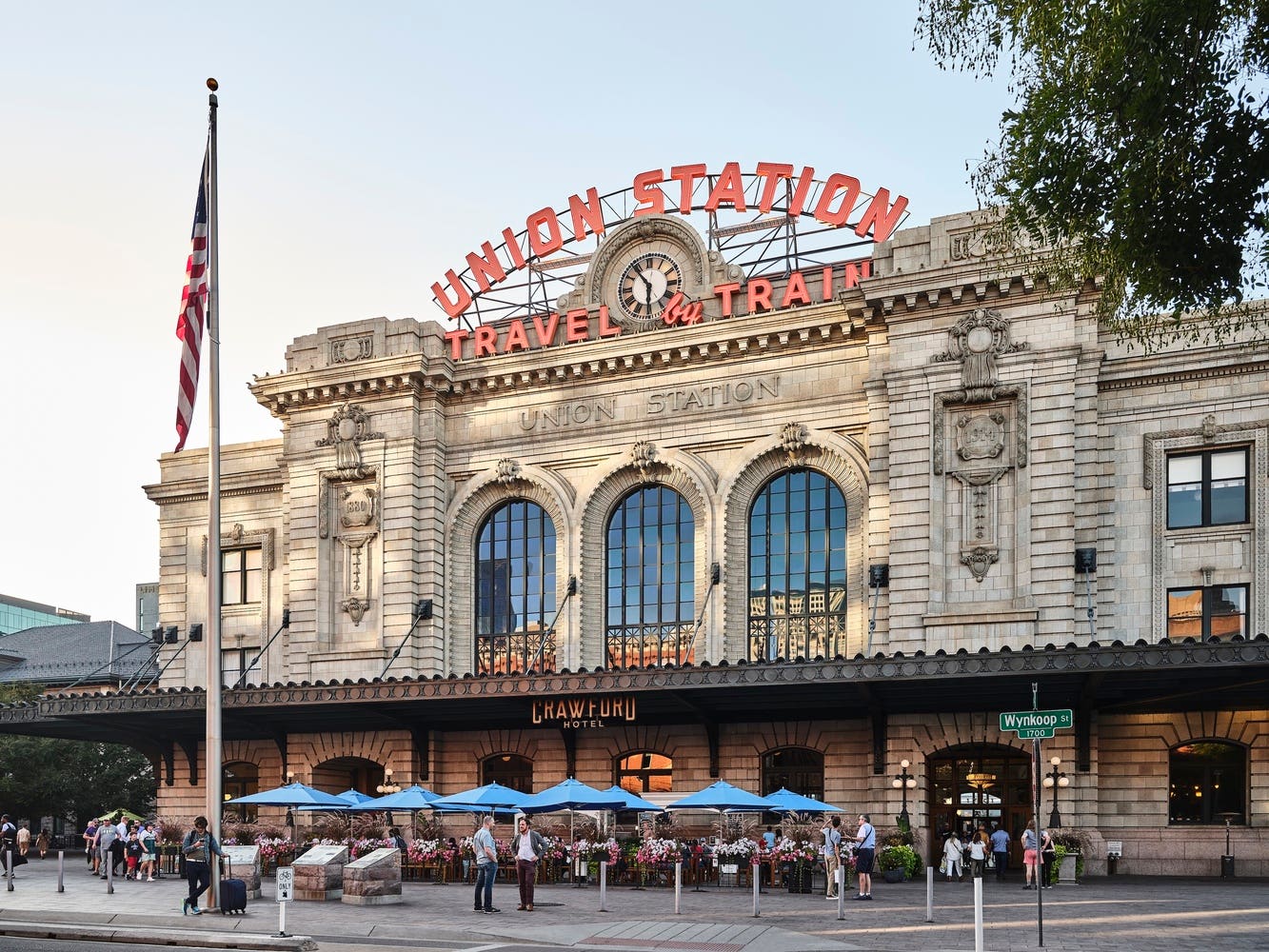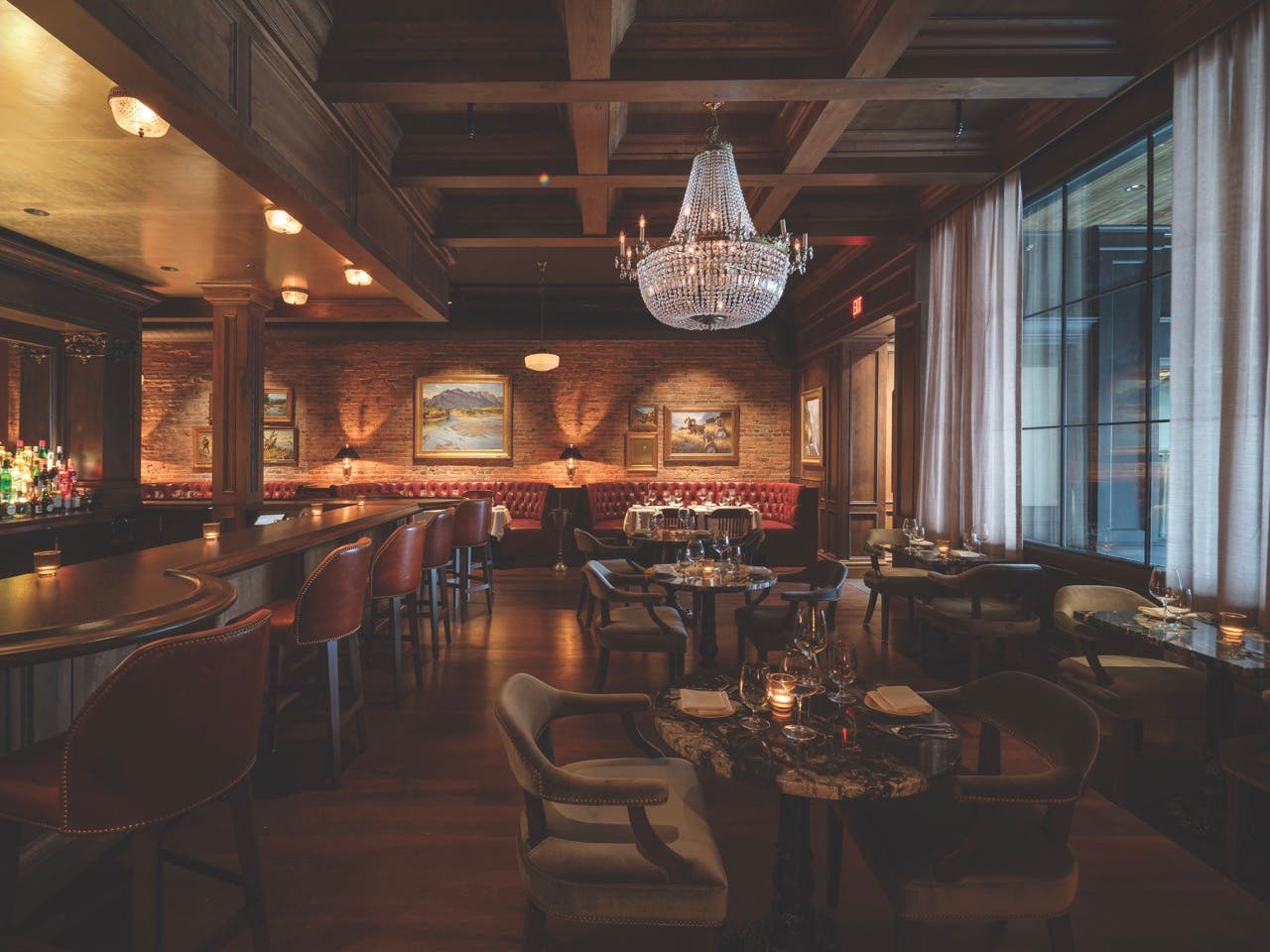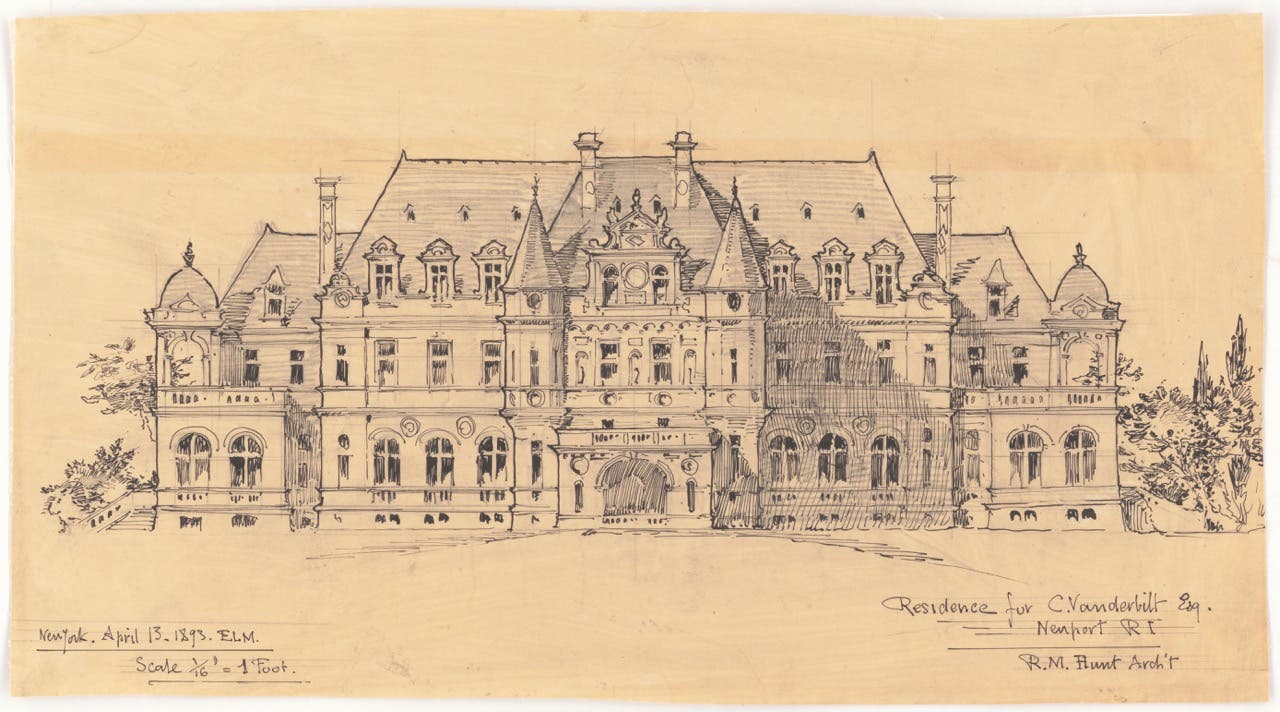
Features
The 25 – Steven W. Semes
In his role as debut director of the Notre Dame School of Architecture’s Michael Christopher Duda Center for Preservation, Resilience, and Sustainability, award-winning architect, author, and faculty member Steven W. Semes continues to play a key role in fusing the divergent fields of historic preservation and sustainability.
The fundamental issue we face in architecture and preservation is abandoning the idea that the modern world has to be remade on completely new and innovative principles and that historic architecture and cities are worthy to be preserved but teach us nothing about how we build today,” says Semes, who will be teaching classes in the university’s new Master of Science in Historic Preservation degree program.
The “rupture between past and present,” the pioneering preservationist adds, must be abandoned in favor of seeing “the value of continuity. This is not only an aesthetic issue, but it is also an environmental one. The modernist project, especially in urbanism, has failed miserably, and the best way forward is to learn again how to build walkable, diverse, and sustainable communities.”
Semes, the winner of the 2010 Clem Labine Award and co-editor of ANTA, the professional journal of Notre Dame’s School of Architecture, sees historic preservation as the keystone in the response to the climate change challenge. “The emphasis in preservation must shift from ‘saving places’ or ‘telling stories’ as important as they are, to teaching us how to build sustainably,” he says.
To learn how to build sustainably, it is crucial to study historic cities and buildings because “those built before 1925 are sustainable or can readily be made so, and the existing building stock represents an enormous resource,” he says.
This idea, he adds, is at the center of Notre Dame’s new degree program, which includes his classes in history and the theory of historic preservation and a design studio that introduces students to traditional architecture.
In his role as a teacher for over 15 years, Semes has been preparing professionals and students to foster mutual cooperation in the fields of historic preservation and sustainability as a means to help move the needle on climate change.
Teaching, he says, is crucial because “no number of books and articles or public lectures will ever have the same impact as training the next generation of professionals and academics to pursue new strategies to address the challenges we face.”
Semes—the author of The Future of the Past: A Conservation Ethic for Architecture, Urbanism and Historic Preservation (2009) and of The Architecture of the Classical Interior (2004) and the translator and co-editor of New Building in Old Cities: Selected Writings by Gustavo Giovannoni on Architectural and Urban Conservation (2023)—started writing about the intersection of new design and preservation when the topic wasn’t even considered worthy of debate.
The Future of the Past, listed as recommended reading by the National Trust for Historic Preservation and the National Park Service, stimulated critical thinking about the role of preservationists.
Semes is eager to train the next generation of professionals and academics to pursue new strategies.
“That is what my work over the course of my 30-year career has been about, and I look forward to seeing that work bear fruit among those in the field who are emerging into prominence,” he says. “They are our best hope.”








